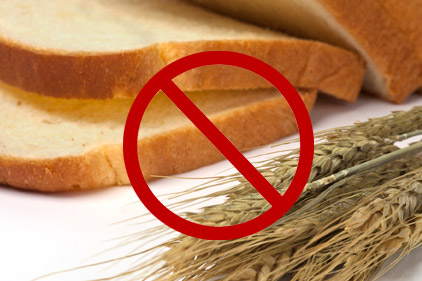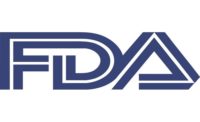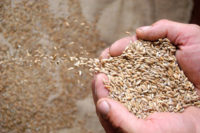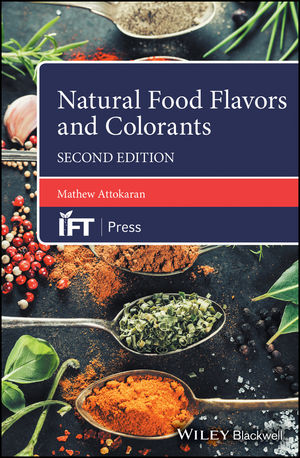As of Aug. 5, any food product bearing a gluten-free claim labeled on or after this date must meet the requirements of a rule issued in August 2013 by the U.S. Food and Drug Administration (FDA) that defines what characteristics a food must have to bear a label proclaiming it “gluten-free.” The rule holds foods labeled “without gluten,” “free of gluten” and “no gluten” to the same standard.
Manufacturers had one year to comply with the rule, which was welcomed by advocates for people with celiac disease, who face potentially life-threatening illnesses if they eat the gluten found in breads, cakes, cereals, pastas and many other foods. Without a standardized definition of “gluten-free,” these consumers could never really be sure if their body would tolerate a food with that label, according to Andrea Levario, executive director of the American Celiac Disease Alliance.
As one of the criteria for using the claim “gluten-free,” the FDA set a gluten limit of less than 20 parts per million (ppm) in foods that carry this label. This is the lowest level that can be consistently detected in foods using valid scientific analytical tools and is consistent with those set by other countries and international bodies that set food-safety standards. Most people with celiac disease—as many as 3 million people in the U.S.—can tolerate foods with very small amounts of gluten.
Before the rule, there were no federal standards or definitions for the food industry to use in labeling products “gluten-free.” An estimated 5% of foods formerly labeled "gluten-free" contained 20 ppm or more of gluten.
In addition to limiting the unavoidable presence of gluten to less than 20 ppm, the FDA now allows manufacturers to label a food "gluten-free" if the food does not contain any of the following:
- An ingredient that is any type of wheat, rye, barley or crossbreeds of these grains.
- An ingredient derived from these grains and that has not been processed to remove gluten.
- An ingredient derived from these grains and that has been processed to remove gluten, if it results in the food containing 20 ppm gluten.
Foods such as bottled spring water, fruits, vegetables and eggs can also be labeled "gluten-free" if they inherently don't have any gluten.
Under the final rule, a food label that bears the claim "gluten-free," as well as the claims "free of gluten," "without gluten," and "no gluten," but fails to meet the requirements of the rule is considered misbranded and subject to regulatory action by the FDA.
According to Felicia Billingslea, director of the FDA's division of food labeling and standards, consumers should know that some foods labeled “gluten-free” that are in the marketplace may have been labeled before the rule’s compliance date of Aug. 5.
To learn how the rule will impact restaurants, visit the FDA’s Consumer Updates page or click here.









